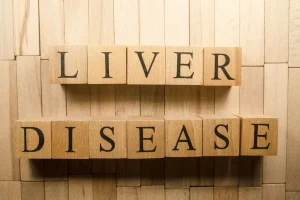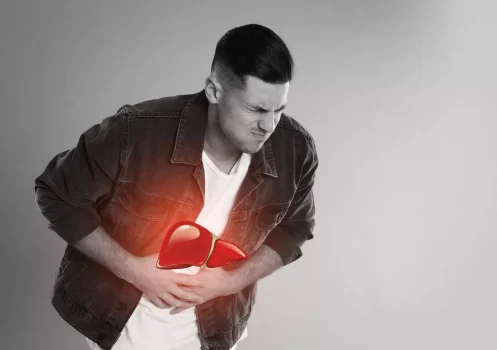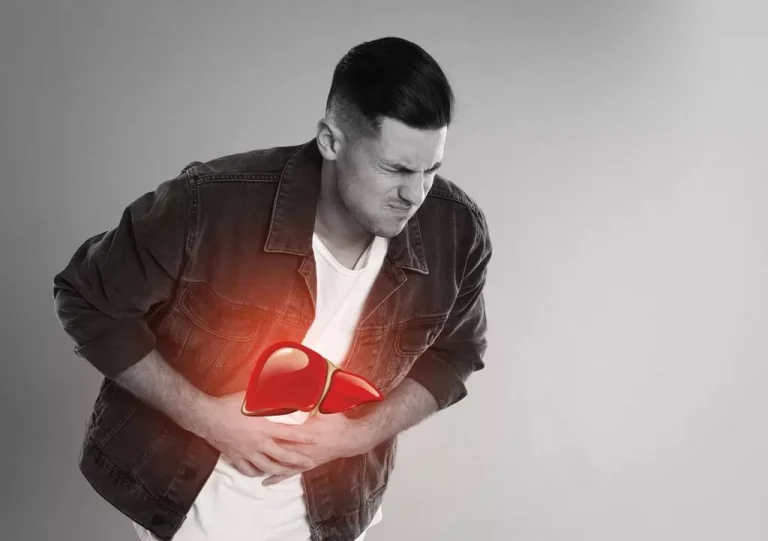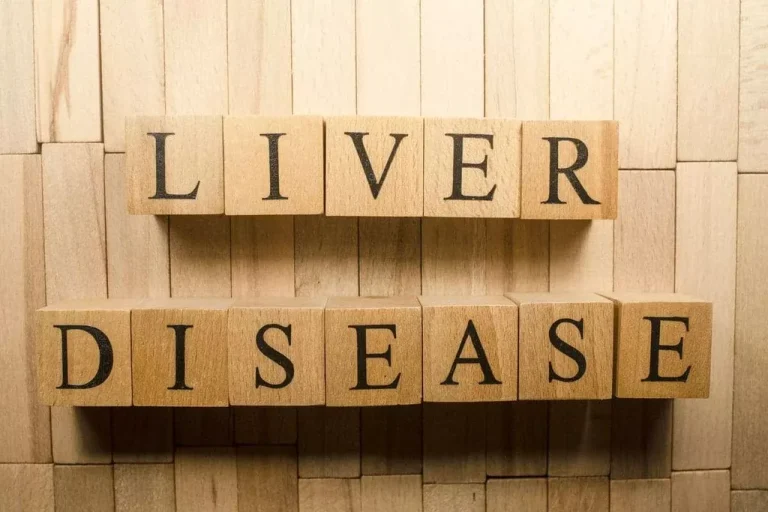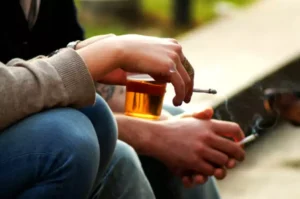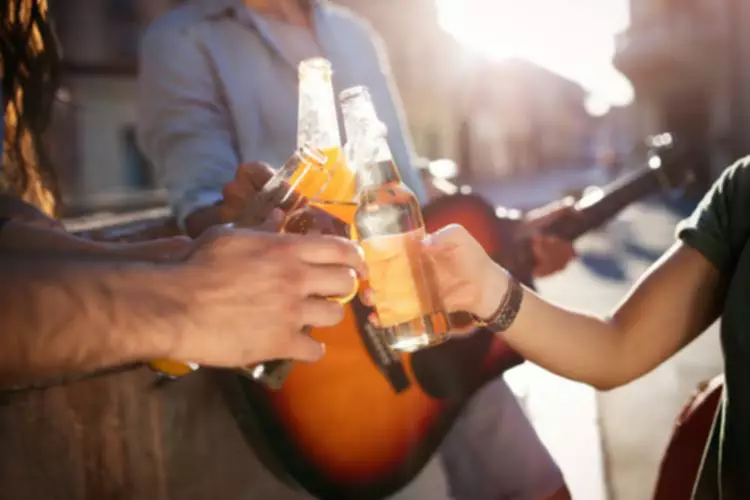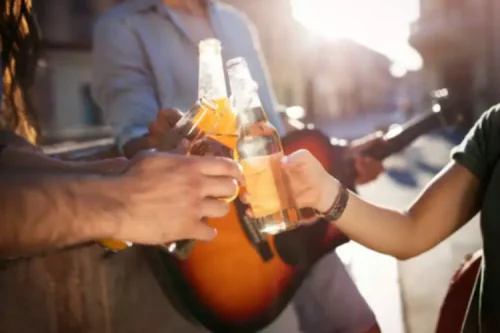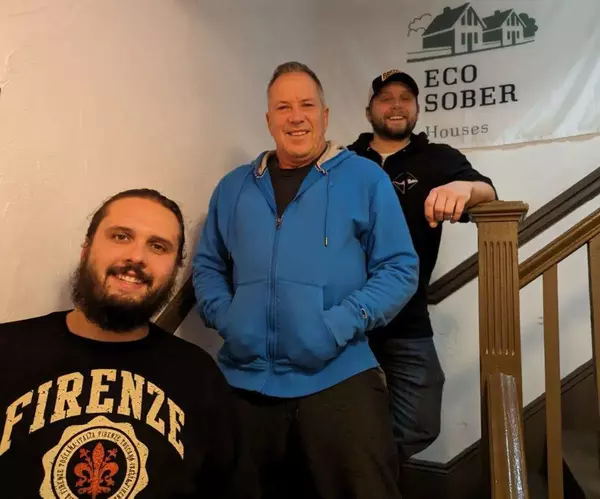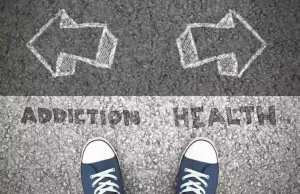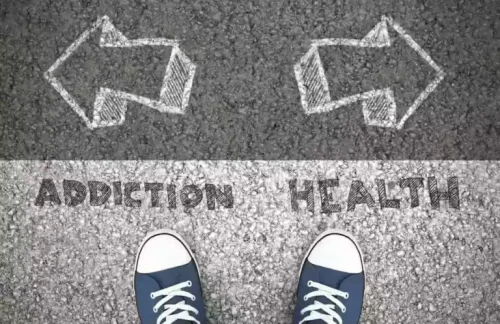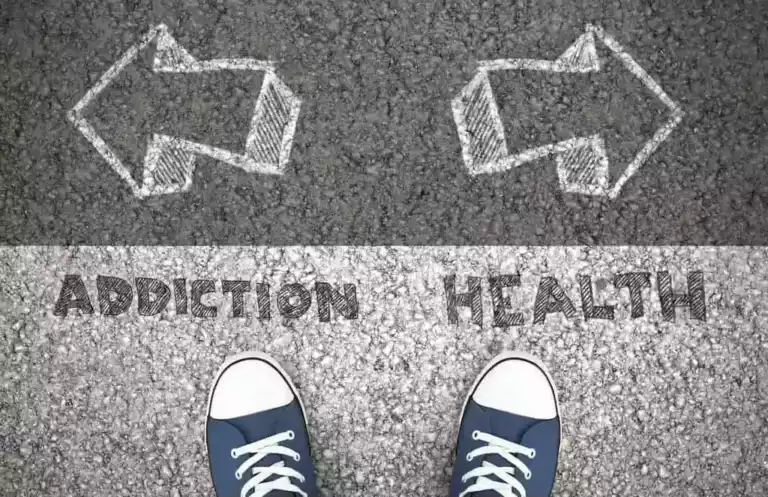The motivational force of new goals eventually helps rewire http://machine.su/?p=10065 the brain so that it has alternatives to the drive for drugs. It’s hard to leave addiction behind without constructing a desirable future. Many types of recovery support are available, and many people make use of more than one type at any time and may shift from one type of support to another as recovery proceeds and needs evolve. An increasing number of high schools and colleges offer addiction recovery resources (CRPS, or Collegiate Recovery Programs) for students, including mentors, workshops, dedicated lounges, and group meetings and activities.
Adaptive Treatment and Continuing Care
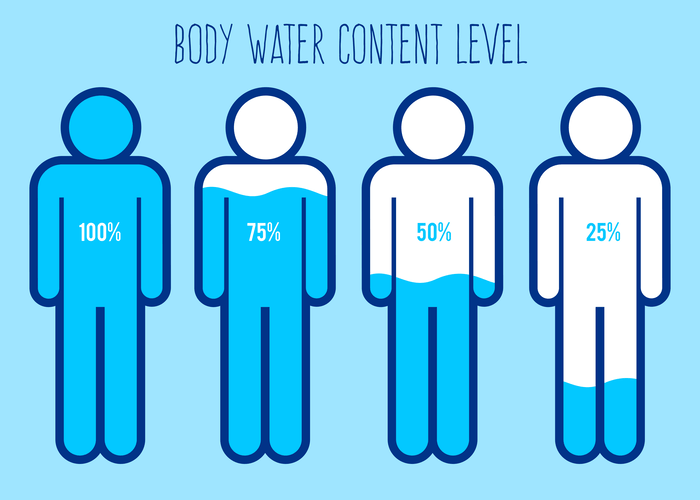
It is often a long and bumpy path, and relapse is nearly inevitable—but that doesn’t spell the end of recovery. There are coping strategies to be learned and skills to outwit cravings, and practicing them not only tames the impulse to resume substance use but also gives people pride and a positive new identity that hastens recovery. Moreover, integrating various modalities into addiction recovery recognizes that there is no one-size-fits-all solution. Each person’s journey is shaped by a myriad of factors, including physiological, psychological, and social elements. Therapeutic modalities such as cognitive-behavioral therapy (CBT), motivational interviewing, and mindfulness-based interventions offer diverse tools to address the multifaceted aspects of addiction. Formal barriers to reentering treatment are discussed and addressed, and scheduling and https://allmedbook.ru/search/?q=%28%D0%B2%D0%BE%D0%BF%D1%80%D0%BE%D1%81%D1%8B;t=1;p=26;md= transportation to treatment are arranged.
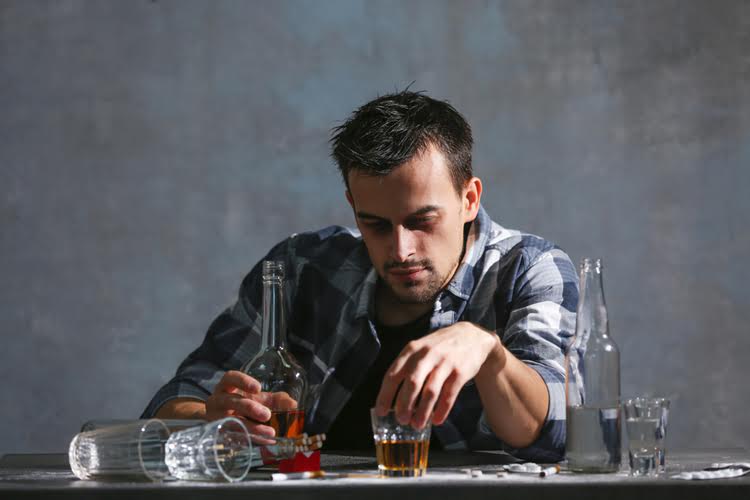
Benefits & Goals of Long-Term Rehab Treatment

However, as the National Institute on Drug Abuse (NIDA) explains, relapse does not mean that treatment has failed. The chronic nature of addiction means that relapsing is often part of the quitting process. For people living with addictions, some of their relationships may revolve around addictive behaviors. In such cases, setting boundaries within those relationships and joining a self-help group such as Alcoholics Anonymous (AA) can be helpful for providing a group of people who understand what they are going through. In most cases, long-term rehab is when a person stays at a facility for an extended period, typically more than 90 days. Since a person lives at the facility, it may also be known as long-term residential treatment.
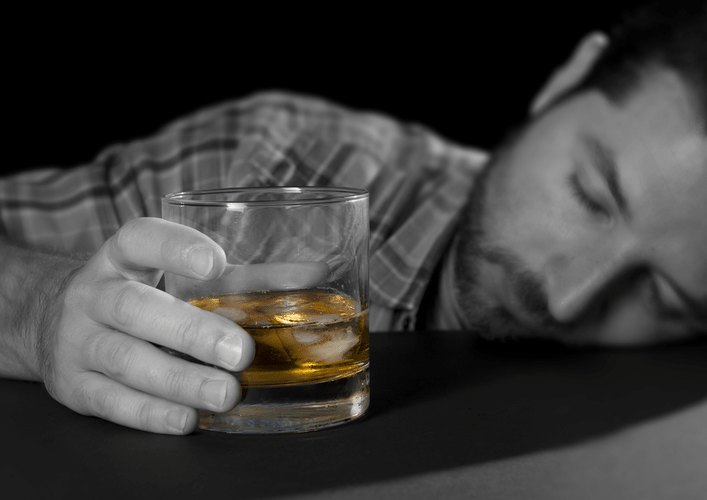
Everyone deserves addiction treatment that works — including those in jail
Even if you’ve done everything right while pursuing your recovery, you may still struggle with cravings and other challenges. When these issues crop up, it is important that you can identify when you need help. Most experts suggest being involved in a support group at least once each week. However, it may be better to attend more regularly, especially immediately after you leave a treatment program.
As individuals traverse the stages – pre-contemplation, contemplation, preparation, action, maintenance, and termination – the integration of motivational interviewing ensures a tailored and responsive approach. Ultimately, embracing the nuances of each individual’s journey, TTM and MI provide a comprehensive framework for clinicians and individuals alike to navigate the intricate terrain of addiction recovery. Individuals grappling with substance use disorder (SUD) and addiction often face complex challenges, necessitating a multifaceted approach for resolution. The journey to recovery is highly individualized, with diverse paths tailored to unique circumstances. One influential framework guiding this process is the “Transtheoretical Model of Change” (TTM), developed by Dr. James Prochaska and Dr. Carlo DiClemente. This model delineates six stages through which individuals cycle during their recovery journey, elucidating the mechanisms that drive behavioral transformations.
- You can call American Addiction Centers (AAC) at to learn about our nationwide long-term rehab facilities for substance use disorders.
- You can also talk to a doctor about medications that can help you cope with the symptoms of withdrawal.
- I wanted to write this post not only to remind myself of these potential pitfalls but also to help others on a similar path to avoid them.
- As people move along the recovery path, they not only gain new skills, they also begin to view themselves differently.
Recovery at One Month
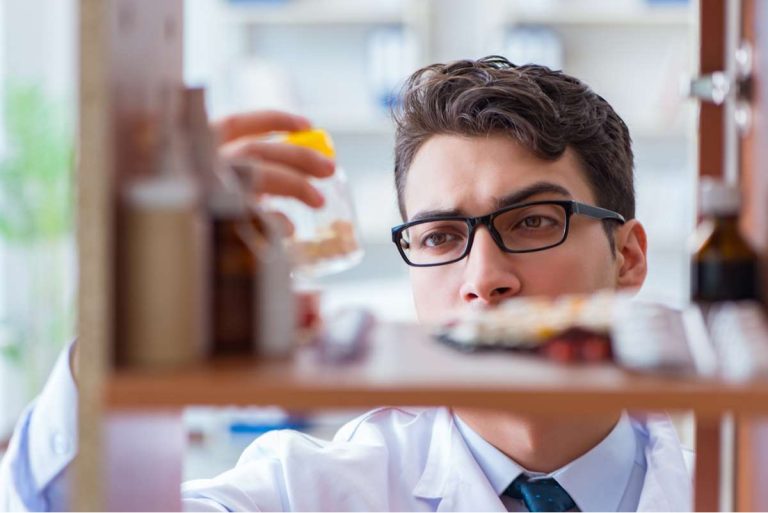
First, however, this review presents a conceptual model of continuing care and its principal goals with regard to the promotion of extended recovery. Research and clinical experience have identified a number of factors that promote recovery. Because people’s surroundings silently but strongly shape thinking and behaving, it is essential to arrange the environment one inhabits to support the shifting of habits of thought and behavior—avoiding high-risk situations, developing new sets of friends.
Conceptual Model
Because families are interactive systems, everyone is affected, usually in ways they are not even aware of. When a person goes into treatment, it isn’t just a case of fixing the problem person. The change destabilizes the adaptation the family has made—and while the person in recovery is learning to do things differently, so must the rest of the family learn to do things differently. People can learn to resist or outsmart the cravings until they become manageable. There are strategies of distraction and action people can learn to keep them from interrupting recovery. Another is to carefully plan days so that they are filled with healthy, absorbing activities that give little time for rumination to run wild.
Volunteering or engaging in community projects can also give you a sense of purpose and connection, reinforcing your commitment to sobriety. Recognizing triggers—such as stress, social settings, or certain people—is essential. Avoid these triggers when https://beauty-blog.org/how-to-get-rid-of-blackheads-on-your-inner-thighs/ possible, and learn coping strategies to deal with unavoidable ones.


